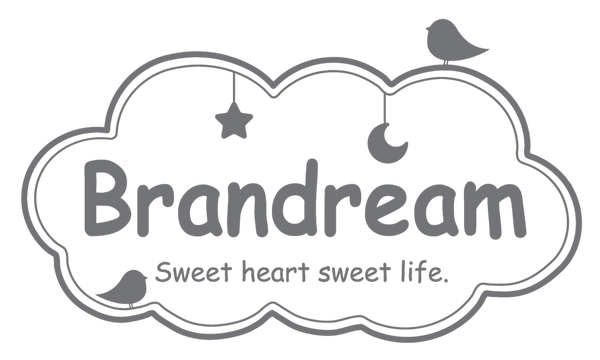The Ultimate Checklist for Baby Bedding Shopping

Preparing a nursery is one of the most exciting steps for new parents, and choosing the right baby bedding is a big part of it. With so many options available, it’s easy to get overwhelmed by crib sheets, blankets, sleep sacks, and decorative pieces.
This simplified guide helps you focus on what your baby truly needs, ensuring a safe, cozy, and comfortable sleeping environment.
Why Baby Bedding Matters
Your baby will spend many hours sleeping in their first year. The bedding you choose impacts safety, comfort, and your peace of mind.
- Safety: Prevent suffocation, overheating, and entanglement.
- Comfort: Soft, breathable fabrics help regulate temperature for restful sleep.
- Durability: Quality bedding withstands frequent washing.
Remember, a safe crib should be simple and free of unnecessary items.

Baby Bedding Essentials
These are the core items every nursery should have:
- Firm Crib Mattress – Must fit snugly with no gaps. A firm surface is safest for babies.
- Fitted Crib Sheets (2-4) – Choose breathable, 100% cotton sheets for easy cleaning and comfort.
- Sleep Sacks or Wearable Blankets (2-3) – A safe alternative to loose blankets.
- Waterproof Mattress Protectors (2) – Protect against leaks and keep the mattress clean.
- Receiving Blankets (2-3) – Useful for swaddling, burping, or stroller walks, but not for crib sleep.
Pro Tip: Always keep one clean set ready for quick nighttime changes.
What to Avoid
Not all baby bedding is safe or necessary. Here’s what to skip:
- Pillows and Loose Blankets – Unsafe for babies under 12 months.
- Bumper Pads – Even breathable ones can pose entrapment risks.
- Stuffed Animals or Toys – Keep the crib clear while your baby sleeps.
- Weighted Sleep Products – May cause overheating or breathing issues.
Bare and simple is always best.
Safe Bedding Tips
Follow these tips to create a safe and cozy sleep space:
- Room temperature should be 68–72°F (20–22°C) to prevent overheating.
- Dress your baby in one more layer than you’re wearing.
- Stick to OEKO-TEX® certified fabrics to avoid harmful chemicals.
- Check bedding regularly for wear and tear, and replace damaged items promptly.

Conclusion
When it comes to baby bedding, less is more. Focus on high-quality essentials like fitted sheets, a firm mattress, and safe sleep sacks. Skip unnecessary extras and prioritize safety over decoration.
With this simplified checklist, you’ll be ready to create a safe, comfortable, and beautiful nursery that grows with your baby.
